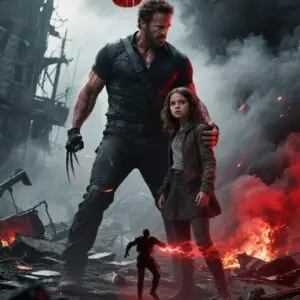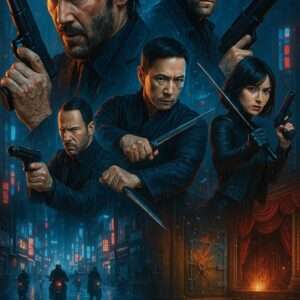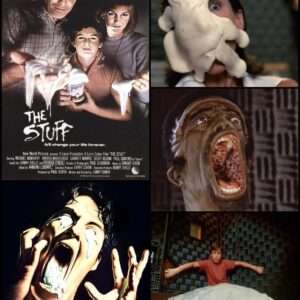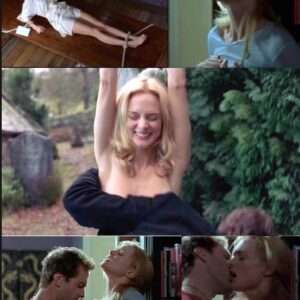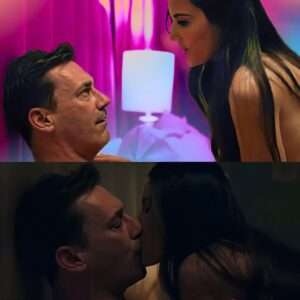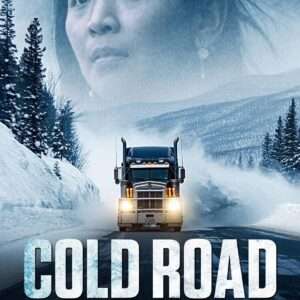Daniel Barber’s The Keeping Room (2014) is a stark, brutal, and unexpectedly poetic revisionist Western that subverts genre expectations by centering its narrative on three women fighting for survival in the waning days of the American Civil War. Written by Julia Hart, the film blends elements of survival horror with classic Western tropes, delivering a tense, atmospheric, and thematically rich story about resilience, sisterhood, and the cost of violence.
Starring Brit Marling, Hailee Steinfeld, and Muna Otaru as three women defending their isolated homestead from rogue Union soldiers, The Keeping Room is a minimalist yet powerful film that lingers in the mind long after the credits roll.
Plot Summary: Survival on the Frontier
Set in the final days of the Civil War, The Keeping Room follows Augusta (Brit Marling), her younger sister Louise (Hailee Steinfeld), and their enslaved maid, Mad (Muna Otaru), as they struggle to maintain their crumbling North Carolina farm in the absence of men. With resources scarce and lawlessness spreading, they must fend for themselves—until two rogue Union soldiers (Sam Worthington and Kyle Soller) descend upon their land, forcing them into a desperate fight for survival.
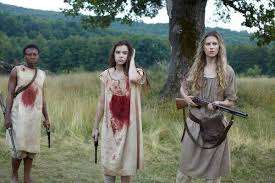
What begins as a slow-burn character study escalates into a harrowing home-invasion thriller, where the women must shed societal expectations and embrace their primal instincts to survive.
Themes and Symbolism: Gender, Race, and the Brutality of War
1. Feminism in the Face of Oppression
The Keeping Room is, at its core, a feminist Western. Unlike traditional Westerns that glorify male gunslingers, this film places women at the forefront, exploring how war and societal collapse force them into roles they never expected to fill. Augusta, Louise, and Mad each represent different facets of female resilience:
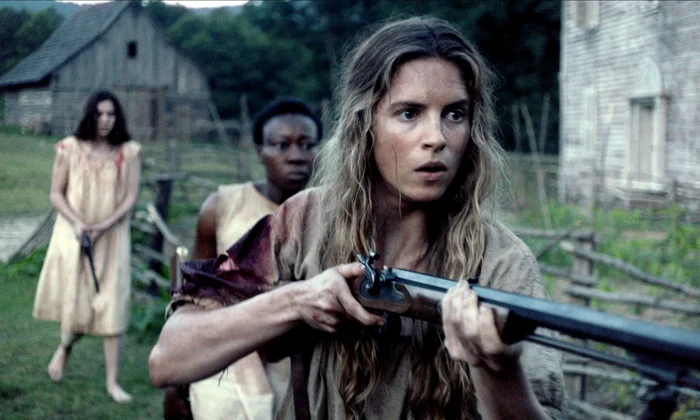
- Augusta (Marling) embodies hardened pragmatism, having shouldered responsibility in her father and brother’s absence.
- Louise (Steinfeld) represents youthful naivety shattered by violence.
- Mad (Otaru) symbolizes the intersection of racial and gendered oppression, her loyalty to the household complicated by her status as an enslaved woman.
The film doesn’t shy away from the brutality inflicted upon women in war, but it also refuses to depict them as mere victims. Instead, it shows their transformation into warriors.
2. The Collapse of the Old South
The decaying plantation serves as a metaphor for the dying Confederacy. The war has stripped away the romanticized Southern gentility, leaving only raw survival. The film subtly critiques the myth of the “Lost Cause,” showing that the real tragedy isn’t the South’s defeat but the violence it perpetuated—especially against women and Black people.
3. Race and Unspoken Loyalties
Mad’s position is the film’s most complex dynamic. Though technically “free” after the Emancipation Proclamation, she remains bound to the household, her relationship with Augusta and Louise layered with unspoken tension. The film doesn’t provide easy answers, instead forcing the audience to question where her true loyalties lie—and whether survival trumps ideology in a lawless world.
Performances: Raw and Unflinching
- Brit Marling delivers a quietly commanding performance as Augusta, balancing steely resolve with vulnerability.
- Hailee Steinfeld, fresh off True Grit, proves her dramatic chops as Louise, whose journey from innocence to hardened survivor is heartbreaking.
- Muna Otaru is the film’s secret weapon, conveying volumes with minimal dialogue—her expressions speak to a history of pain and resilience.
- Sam Worthington and Kyle Soller are effectively menacing as the marauding soldiers, embodying the chaotic violence of war.
Cinematography and Atmosphere: Bleak Beauty
Cinematographer Martin Ruhe (Control, Harry Brown) captures the Southern landscape in haunting, desaturated tones, emphasizing the isolation and decay. Wide shots of the barren farmland contrast with claustrophobic interior sequences, creating a sense of impending doom.
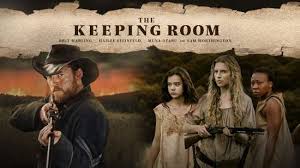
The sound design is equally immersive—gunshots echo with terrifying clarity, and the absence of a traditional score amplifies the tension. When music does appear (courtesy of composer Martin Phipps), it’s sparse and haunting, reinforcing the film’s grim tone.
Criticisms: Pacing and Ambiguity
While The Keeping Room excels in atmosphere and performance, its slow pacing may test some viewers’ patience. The deliberate buildup pays off in the explosive third act, but the middle section drags slightly.
Additionally, the film’s ambiguity—particularly regarding Mad’s motivations—may frustrate those seeking clearer resolutions. However, this ambiguity also lends the story depth, refusing to simplify complex historical dynamics.
Final Verdict: A Bold, Uncompromising Western
The Keeping Room is not a traditional Western. It’s a raw, unflinching exploration of survival, gender, and race, told through the lens of a home-invasion thriller. Its slow burn may not appeal to everyone, but for those willing to engage with its themes, it’s a rewarding and thought-provoking experience.
Rating: 8/10
A haunting, feminist take on the Western genre, elevated by strong performances and atmospheric direction. Not for the faint of heart, but essential viewing for fans of revisionist historical dramas.
